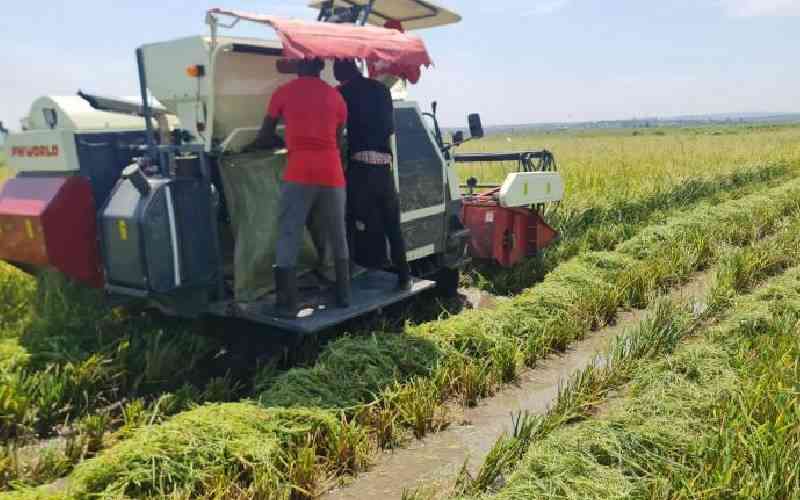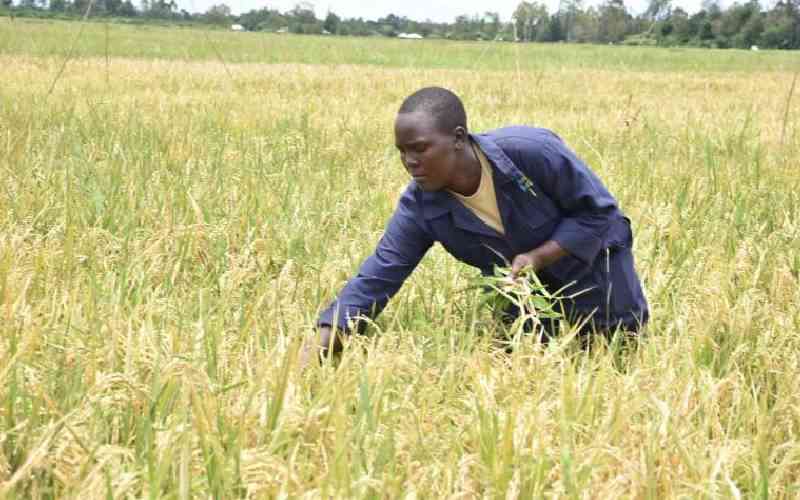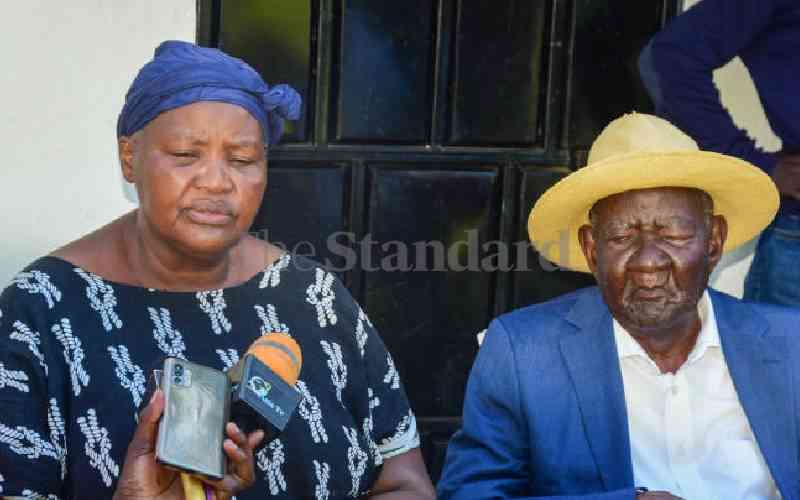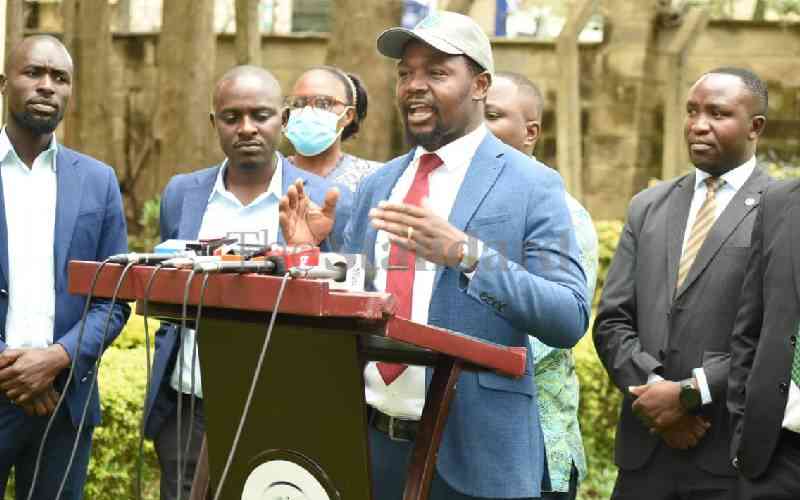The third harvest of Galana-Kulalu Irrigation scheme has delivered 103,000 bags of maize. This comes as the State considers doubling the project’s acreage next March.
According to Planning and Design Chief Engineer and project manager Thuita Mwangi, the third harvest from 2,500 acres delivered 93,860 bags with more from 250 acres undergoing final drying.
This will push the harvest to 103,860 bags. This harvest is set to more than double in the next harvest in December as the team of engineers in charge of the project plan to expand from 4,000 acres to 10,000 acres by March. “At planting we are at 40 per cent but on infrastructure, we are at 80 per cent. We expect to complete infrastructure for the model farm by March this year. We will plant the entire 10,000 acres and finalise harvesting by December,” Eng Mwangi told The Standard.
The engineer said average production had improved to about 31 bags (each of 90 kilogrammes) from one acre. This compares positively with the national average of 18 bags per acre. From a disappointing harvest of 5,582 bags during second harvest as a result of destruction by El Niño rains, the latest production comes as a morale booster to the State’s quest for a food-secure country.
Residents of Tana River, Kilifi and Taita counties have become the first beneficiaries of the third harvest. Last week, a team from the National Irrigation Board (NIB) and local leaders flagged off 10,000 bags of the harvest to some of the drought-stricken areas in Taita Taveta, Tana River and Kilifi counties.
supply order
This was the first phase of delivery, as the officials cited lack of storage facilities in the remote villages as reason for discharging it in turns. Last year, the project gave 40,000 bags of maize to families in Tana River and Kilifi counties.
Apart from the relief, Eng Mwangi said NIB had also received an order from Strategic Grain Reserve office to supply 33,000 bags to boost maize reserves. In addition, State department for Special Programmes has placed an order for 62,000 bags from the latest harvest.
For the first three years that the project has been on model, 124,132 bags have been harvested.
The Sh7.29 billion project was to be implemented in phases. The first phase was to do 5,000 acres of model farm, and then extend to 10,000, and so on.
The initial stages saw over 13 varieties of maize tried out but the project implementers have so far narrowed down to four varieties with promising returns.
Kenya imports about 3 million bags of maize.
Assuming the current productivity level of 31 bags on every acre, doing just 100,000 acres of the project can make Kenya a food surplus nation and trigger need for exporting.
However, the project can only reach 30,000 acres with current facilities beyond which a two-trillion-litre dam would be required.
This, Eng Mwangi adds, can only be completed in six years from the time construction will begin. “To construct that dam will take six years. Once we do it, we can call private investors to put up the entire area under irrigation,” he said.
Stay informed. Subscribe to our newsletter
 The Standard Group Plc is a
multi-media organization with investments in media platforms spanning newspaper
print operations, television, radio broadcasting, digital and online services. The
Standard Group is recognized as a leading multi-media house in Kenya with a key
influence in matters of national and international interest.
The Standard Group Plc is a
multi-media organization with investments in media platforms spanning newspaper
print operations, television, radio broadcasting, digital and online services. The
Standard Group is recognized as a leading multi-media house in Kenya with a key
influence in matters of national and international interest.
 The Standard Group Plc is a
multi-media organization with investments in media platforms spanning newspaper
print operations, television, radio broadcasting, digital and online services. The
Standard Group is recognized as a leading multi-media house in Kenya with a key
influence in matters of national and international interest.
The Standard Group Plc is a
multi-media organization with investments in media platforms spanning newspaper
print operations, television, radio broadcasting, digital and online services. The
Standard Group is recognized as a leading multi-media house in Kenya with a key
influence in matters of national and international interest.









